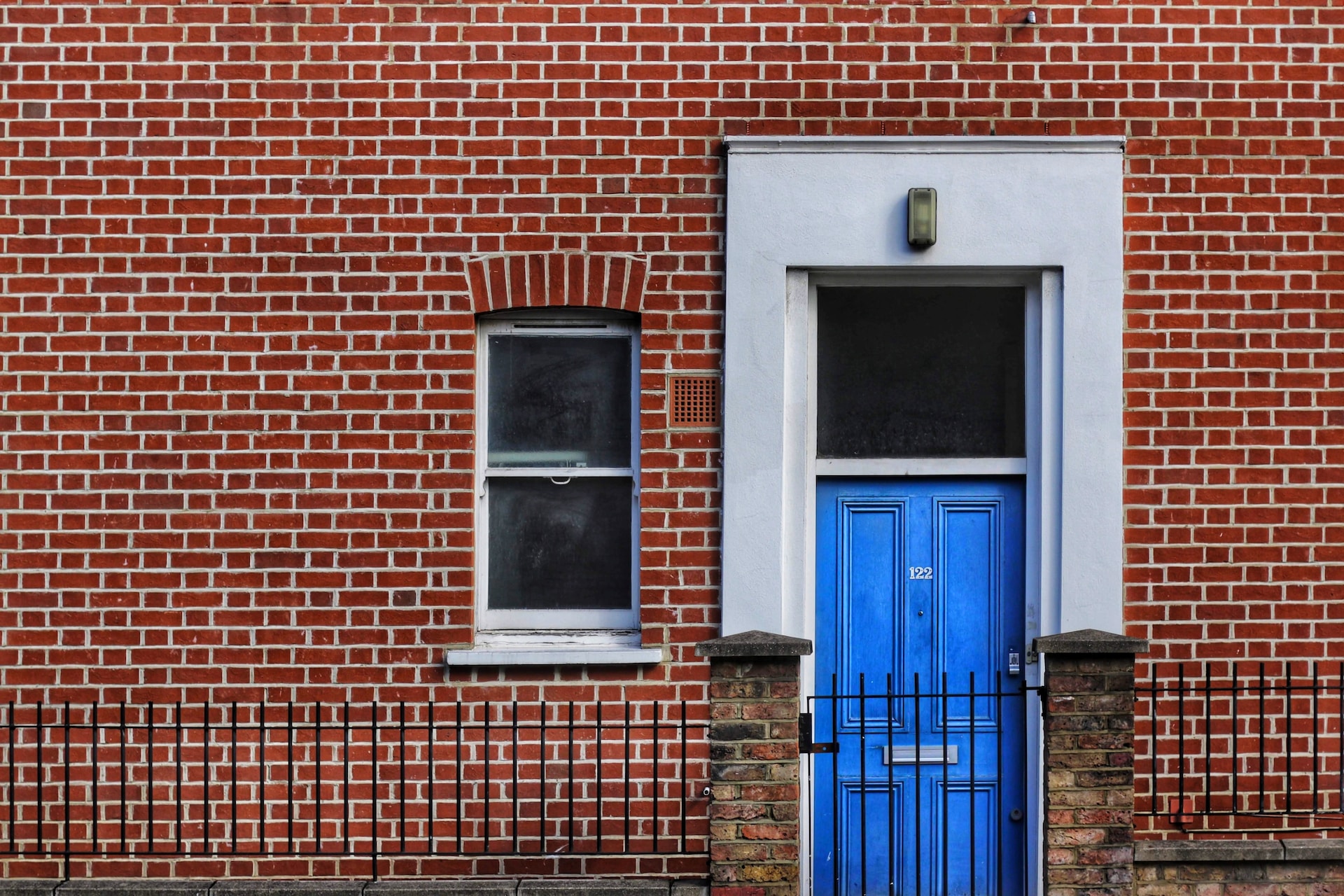One of the most common causes of moisture in buildings is penetrating dampness. It includes any damp which has penetrated the building; however, it also provides plumbing leaks. On one of our building surveys in Kingston, we saw the causes of penetrating dampness from a cavity wall (generally post the 1920s).
Penetrating damp from outside sources, namely, rainwater has a very different effect on solid-walled buildings than it does cavity walls. Cavity walls were explicitly designed to prevent penetrating damp in exposed areas.
They allow dampness to penetrate the first layer of brickwork; however, this cannot get to the inner leaf. This means that the inner leaf remains dry and any decorative finishes inside the property; this means that any defects that would cause penetrating dampness in solid walls do not occur in cavity-walled construction. This leaves the main issues with cavity walls such as wall tie corrosion and bridging as the few consequences of penetrating damp to cavity walls.
Related: How to negotiate a house price down after a survey
Solid Walls (pre-1940s)
Solid walls act very differently. Solid walls rely on the thickness and breathability of the walls to remain dry. When driving rain hits a solid wall, the outer skin of brickwork will become saturated. When it becomes saturated, additionally rain will not penetrate the wall and will only runoff; when the driving rain stops, the wall must breathe to allow any moisture within to evaporate out.
This means that solid walls are a lot more susceptible to penetrating dampness than any defects to the wall. The dampness may be able to penetrate right through the wall, causing moisture internally within the property. These defects can be anything such as receded mortar or spalling brickwork. Additionally, a porous mortar should be used between the brickwork to allow the wall to dry and moisture to evaporate. At Prince Surveyors, our panel of surveyors tend to see much more dampness in solid-walled buildings because of this.
Roof
Defects to the roof structure can be a significant cause of penetrating damp. Missing tiles or dropped slates can allow penetrating damp in the loft structure and then into the house’s internal areas. The roof structure is always a susceptible area for wood rots due to an exposed location and exposed wood. This means it is vital to keep all tiles or slates in good condition. As soon as it is noticed that one has slipped or eroded, it should be replaced.
Related: What is a homebuyer’s report?
Having said this, there is some moisture protection provided by the overlap of tiles/slates. Wherever there is one tile/slate, there usually is another (or part of another) underneath, preventing damp penetration into the loft space. Additionally, most properties nowadays have a sarking felt. These were initially designed to keep most of the internal roof space dry while roofer fitted tiles. Now they are used as a second line of defense to prevent penetrating dampness when the roof covering has failed.
Rainwater Goods
Defects to the rainwater goods are another common cause of penetrating damp. Cavity walls are less susceptible to this and are only customarily affected when bridging the cavity. Solid-walled buildings are more vulnerable. A significant defect to the guttering of a property will allow rainwater to flow onto the wall. A solid-walled structure will not be able to cope with this, whereas a cavity may prevent this severe damp penetration.
Building Surveys
There are many more damp, penetrating sources not mentioned above; however, the above are the most common daily. In our full building surveys, we are always on the lookout for any defects that could cause damp penetration into the building and recommend remediation. Sometimes these are minor defects that could lead to more major damp penetration in the future.
Learn more about the building survey service. If you feel you need a penetrating damp survey or have any questions, contact us today.



